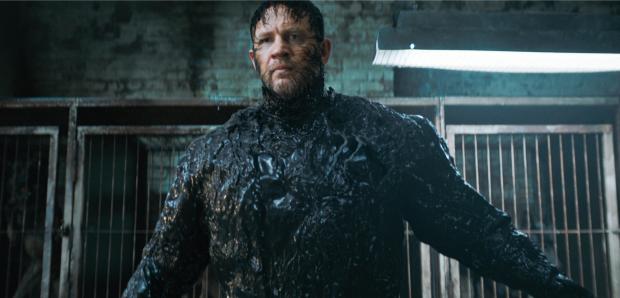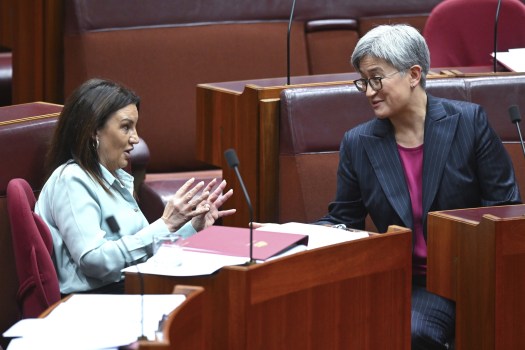A group of 100 scientists wrote to Governor Gavin Newsom, pushing him to close the contentious Aliso Canyon underground natural gas storage facility, which was the scene of a huge gas leak nine years ago, only two weeks before state officials will vote on the facility’s future.
Nearly 100,000 metric tons of methane were released during the four months of the 2015 gas leak, which was the biggest methane leak in American history. 32,000 people of Porter Ranch, Granada Hills, Chatsworth, and numerous other San Fernando Valley areas were forced to evacuate due to the tragedy, and many of them suffered from respiratory problems, nosebleeds, and lightheadedness.
Pregnant women who lived close to the Aliso Canyon natural gas storage facility during and after the rupture had a higher risk of preterm deliveries and low-weight babies than women in neighboring neighborhoods, according to UCLA researchers looking into the health effects of the gas leak.
The CPUC was tasked by former California Governor Jerry Brown in 2017 with creating a plan to close the plant, which is situated in an underground depleted oil reservoir in the Santa Susana Mountains close to the Porter Ranch hamlet, by 2027. Later, Newsom approved the plan.
However, the gas business has expanded its storage back to full capacity, and the facility has continued to operate in spite of those assurances. In the nine years since the tragedy, hundreds of locals and a number of organizations have called for officials to close the subterranean facility through writing campaigns, protests, and news conferences.
Commissioners selected by Newsom to the California Public Utilities Commission (CPUC) will cast their votes on the disputed facility’s future on December 19.
On December 4, 100 scientists wrote to Newsom, requesting that he direct the CPUC to close the Aliso Canyon gas storage facility by 2027 or sooner.
As scientists with knowledge and care for our communities, health, and climate, we humbly ask that you mandate its closure by 2027 or sooner, the letter reads. The facility is unnecessary and continues to endanger public safety, health, and the environment.
According to the letter, Governor Brown pledged to close Aliso by 2027, and your promise to expedite that process gave us hope. However, your Public Utilities Commissioners have already decided to increase its use rather than attempt to shut it down.
Co-founder of the Aliso Moms Alliance group and Granada Hills resident Helen Attai expressed her disappointment in Newsom for what she perceives to be his poor handling of the matter.
She said, “Shame on him.” He betrayed us after promising to shut it down.
Scientists, public health professionals, and environmental specialists claim that the CPUC’s proposed decision to close Aliso Canyon, which was made public in November, does not specify when the facility will close. On December 19, commissioners will cast their votes on the proposed ruling.
In the letter to Newsom, Mark Jacobson, a professor of civil and environmental engineering at Stanford University, stated that California has already used solar, wind, hydroelectric, and geothermal energy to meet nearly half of its grid and non-grid electricity demand. At its current rate of growth, this percentage will reach 100% by 2030, if not sooner.
According to Jacobson, the underground facility needs to be shut down right away. He clarified that the state’s consumption of fossil gas is quickly decreasing and that the substantial amount of gas stored at Aliso Canyon—the location of one of the biggest fossil gas blowouts in American history—is definitely unnecessary.
Craig Galanti, a resident of Porter Ranch, described the CPUC’s actions as extremely concerning.
Given that both Governors Gavin Newsom and Jerry Brown demanded that the facility be closed by 2027, he stated that this inaction is nothing short of a betrayal. In spite of this, the CPUC hasn’t done anything to safeguard the impacted neighborhoods.
Galanti continued, “The reality is stark: if such an earthquake were to hit Southern California, Aliso Canyon could face catastrophic consequences.” This is especially true in light of the recent 7.0 magnitude earthquake that devastated Northern California.
Note: Every piece of content is rigorously reviewed by our team of experienced writers and editors to ensure its accuracy. Our writers use credible sources and adhere to strict fact-checking protocols to verify all claims and data before publication. If an error is identified, we promptly correct it and strive for transparency in all updates, feel free to reach out to us via email. We appreciate your trust and support!




